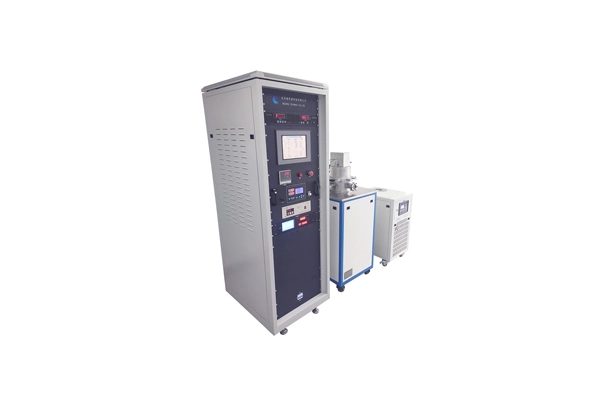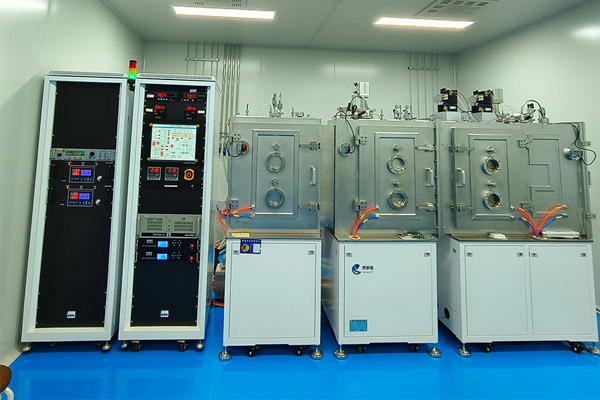Electron beam evaporation coating equipment is a device that uses an electron beam to heat metal materials in a vacuum environment, causing them to melt, evaporate, and deposit on a substrate to form a thin film. It can be used to prepare conductive films, semiconductor films, optical films, etc., and can be used in combination with glove boxes.
Thermal evaporation and e-beam (electron beam) evaporation are both physical vapor deposition (PVD) techniques used to deposit thin films. The primary difference lies in their heating methods. Thermal evaporation uses resistive heating to vaporize the material, making it suitable for low melting point substances. E-beam evaporation, on the other hand, employs a focused electron beam to heat and vaporize the material, allowing for higher precision and the ability to evaporate high melting point materials. E-beam evaporation generally offers better control over film thickness and composition, making it ideal for advanced applications.


Electron beam coating is a sophisticated process used to apply thin films of material onto a substrate. It begins with the generation of a focused electron beam, which is directed at a target material. The high-energy electrons cause the target material to vaporize. This vaporized material then condenses onto the substrate, forming a uniform coating. The process is conducted in a high-vacuum environment to ensure purity and precision. Electron beam coating is valued for its ability to produce high-quality, durable coatings with excellent adhesion, making it ideal for applications in aerospace, electronics, and optics.